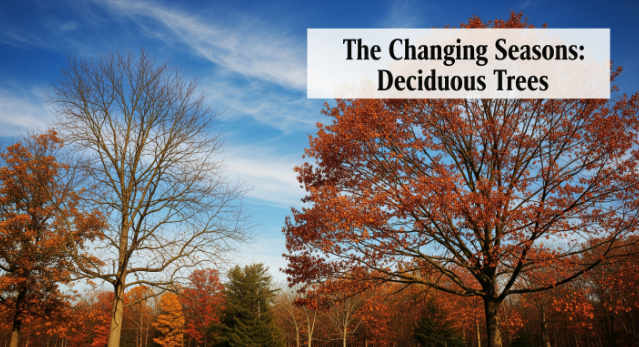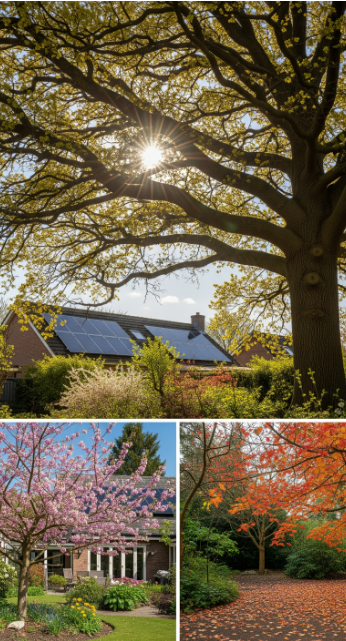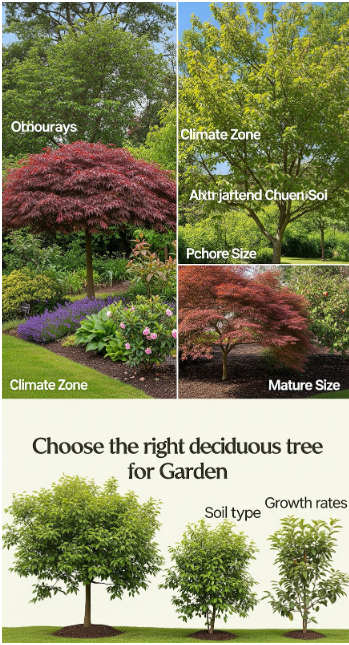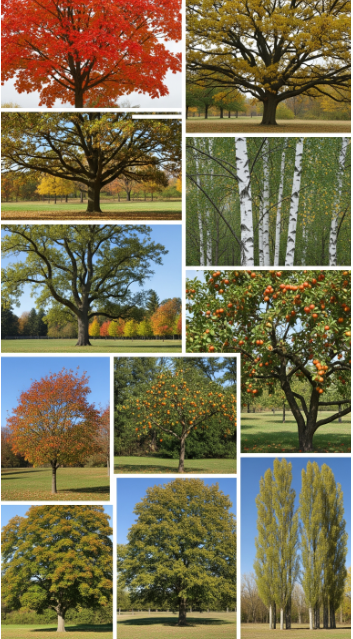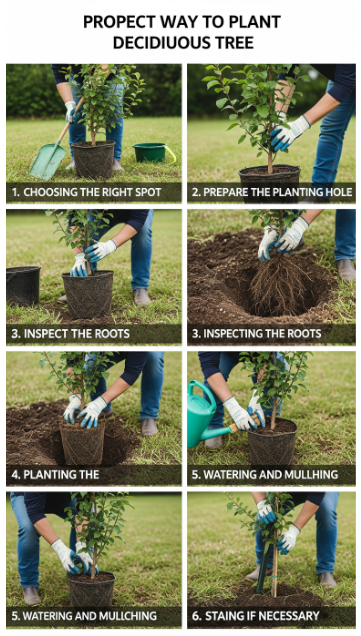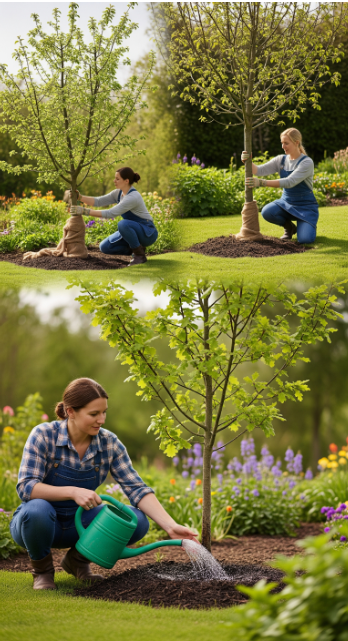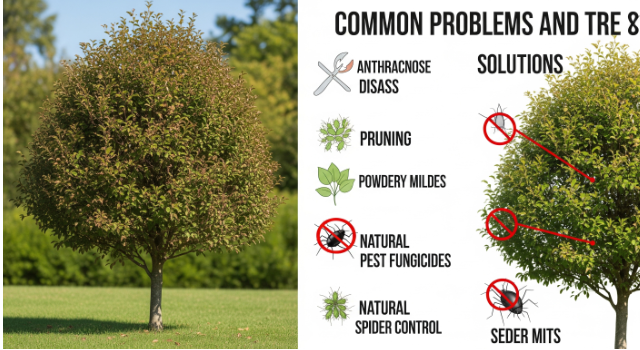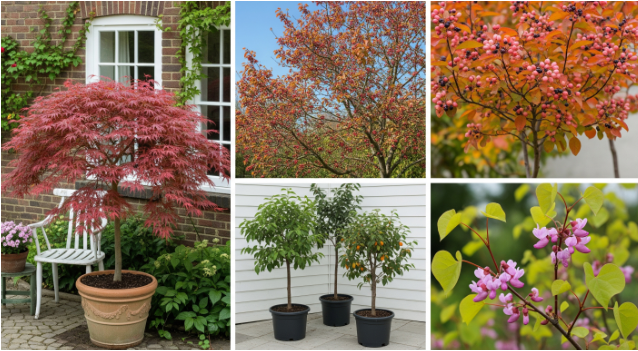- Home
- Gardening
-
Blog
- How to Start a Moon Garden
- Low-Carbon Gardening: Climate-Resilient Practices
- Top 10 Plants for Meditation Gardens in Small Spaces
- How To Start Wabi-Sabi Gardening
- Tomato Plant Care with Organic Harvesting Guide
- How to Grow Tomatoes in Raised Beds and Containers
- Growing Organic Tomatoes and Embracing Sustainable Gardening
- Flowering
- Vegetables
- Planting
- Fertilizers
- About Us

